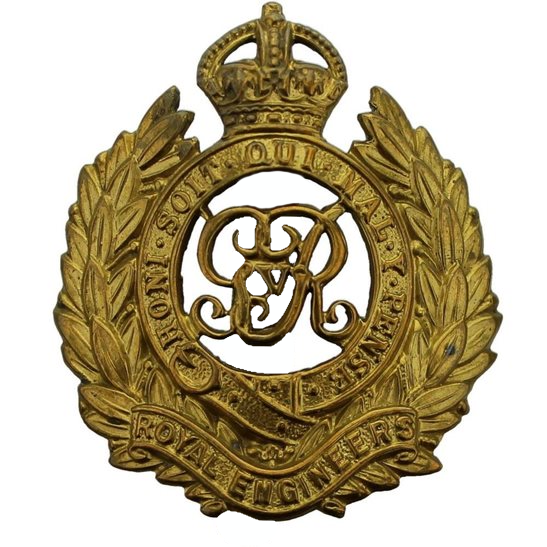Personal Details
Born: 23 April 1883 in Shrewsbury, Shropshire.
Family: He was the fourth child born to William Robinson, a post office clerk and his wife Emily Jane, nee Lloyd. He married Dora Davies on 3 June 1909 at St John`s Methodist Church, Whitchurch, Shropshire. The couple had a daughter, Joan, born in 1917.
Residence: In 1891 his family were living at 37 Albert Street, Shrewsbury, Shropshire, however by 1901 they had moved to 15 Wyle Cop, Shrewsbury. In 1911 and now married, his address was 207 Station Road, Kings Heath, Worcestershire. At the time of his enlistment in 1915 he was living at 40 Phipson Road, Sparkbrook, Birmingham. The 1939 Register showed an address of 10 Hollywood Lane, Bromsgrove, Worcestershire. This continued to his home until his death in 1959.
Employment: In 1911 he was described as a sorting clerk and telegraphist working for the G.P.O. This was still his occupation in 1915. By 1939 he was an Assistant Superintendent in the postal division of the G.P.O. in Birmingham.
Died: 17 January 1959 in Bromsgrove, Worcestershire, aged 75.
Military Details
Regiment: Royal Engineers
Rank: Sapper
Service Number: 194931
Date of Enlistment: 11 October 1915
Date of Discharge: 12 October 1919
Reason for Discharge: Demobilisation
William was awarded the Campaign Medals (British War medal and Victory medal)

The British War Medal (also known as 'Squeak') was a silver or bronze medal awarded to officers and men of the British and Imperial Forces who either entered a theatre of war or entered service overseas between 5th August 1914 and 11th November 1918 inclusive. This was later extended to services in Russia, Siberia and some other areas in 1919 and 1920. Approximately 6.5 million British War Medals were issued. Approximately 6.4 million of these were the silver versions of this medal. Around 110,000 of a bronze version were issued mainly to Chinese, Maltese and Indian Labour Corps. The front (obv or obverse) of the medal depicts the head of George V. The recipient's service number, rank, name and unit was impressed on the rim.
The Allied Victory Medal (also known as 'Wilfred') was issued by each of the allies. It was decided that each of the allies should each issue their own bronze victory medal with a similar design, similar equivalent wording and identical ribbon. The British medal was designed by W. McMillan. The front depicts a winged classical figure representing victory. Approximately 5.7 million victory medals were issued. Interestingly, eligibility for this medal was more restrictive and not everyone who received the British War Medal ('Squeak') also received the Victory Medal ('Wilfred'). However, in general, all recipients of 'Wilfred' also received 'Squeak' and all recipients of The 1914 Star or The 1914/1915 Star (also known as 'Pip') also received both 'Squeak' and 'Wilfred'. The recipient's service number, rank, name and unit was impressed on the rim.

